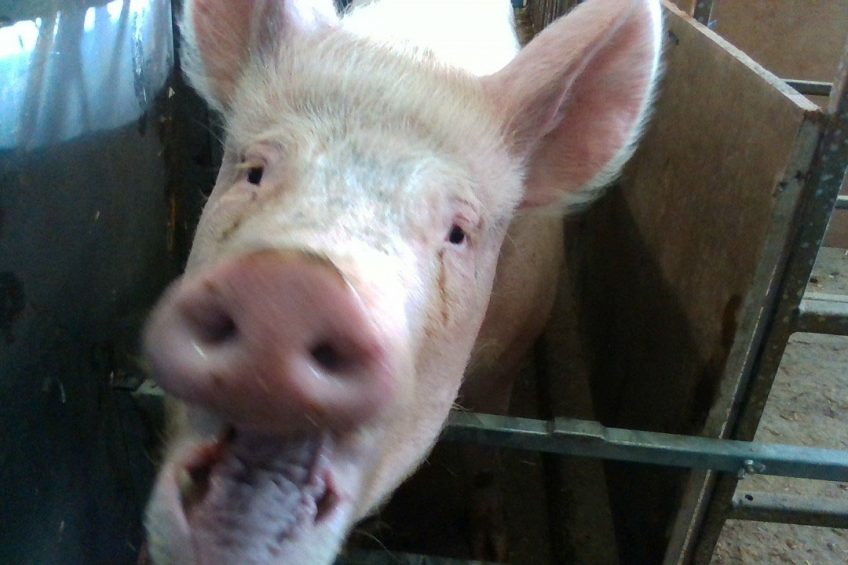Facial recognition for detecting pig emotions

At UK academic institutes, modern facial recognition technology is being used in an attempt to detect different emotional states in pigs.
In a press release by Scotland’s Rural College (SRUC) in Edinburgh, UK, it is described how scientists have teamed up with machine vision experts at the University of the West of England (UWE Bristol) for the study. It is hoped the study will lead to a tool that can monitor individual animals faces and alert farmers to any health and welfare problems.
Pigs are highly expressive
The university’s press release described that pigs are highly expressive. In an earlier article in Nature, SRUC research had already shown that the animals can signal their intentions to other pigs using different facial expressions. There is also evidence of different expressions when they are in pain or under stress, the press release went on to say.
At SRUC’s Pig Research Centre, scientists are currently capturing 3D and 2D facial images of the breeding sow population under various, typical commercial situations that are likely to result in different emotional states. For example, sows can experience lameness and could show different facial expressions relating to pain before and after being given pain relief.
Detecting positive emotional state is more novel but sows are highly food motivated and appear calm and content when satiated, the press release explained. The scientists hope this mood could be reflected in sows’ facial expressions.

Processing of pig images
The press release went on to describe that the images will be processed at UWE Bristol’s Centre for Machine Vision, where various machine learning techniques are being developed to automatically identify different emotions conveyed by particular facial expressions. After validating these techniques, the team will develop the technology for on-farm use with commercial partners where individual sows in large herds will be monitored continuously.
Prof Melvyn Smith from UWE Bristol’s Centre for Machine Vision, part of the Bristol Robotics Laboratory, said: “Machine vision technology offers the potential to realise a low-cost, non-intrusive and practical means to biometrically identify individual animals on the farm. Our work has already demonstrated a 97% accuracy at facial recognition in pigs. Our next step will be, for the first time, to explore the potential for using machine vision to automatically recognise facial expressions that are linked with core emotion states, such as happiness or distress, in the identified pigs.”
Early identification of pig health issues
Dr Emma Baxter, SRUC, said: “Early identification of pig health issues gives farmers the potential to improve animal well-being by tackling any problems quickly and implementing tailored treatment for individuals. This will reduce production costs by preventing impact of health issues on performance.
“By focussing on the pig’s face, we hope to deliver a truly animal-centric welfare assessment technique, where the animal can ‘tell’ us how it feels about its own individual experiences and environment. This allows insight into both short-term emotional reactions and long-term individual ‘moods’ of animals under our care.”
The study, which is being funded by the Biotechnology and Biological Sciences Research Council (BBSRC), is also being supported by industry stakeholders JSR Genetics, Garth Pig Practice and precision livestock specialists Agsenze.











